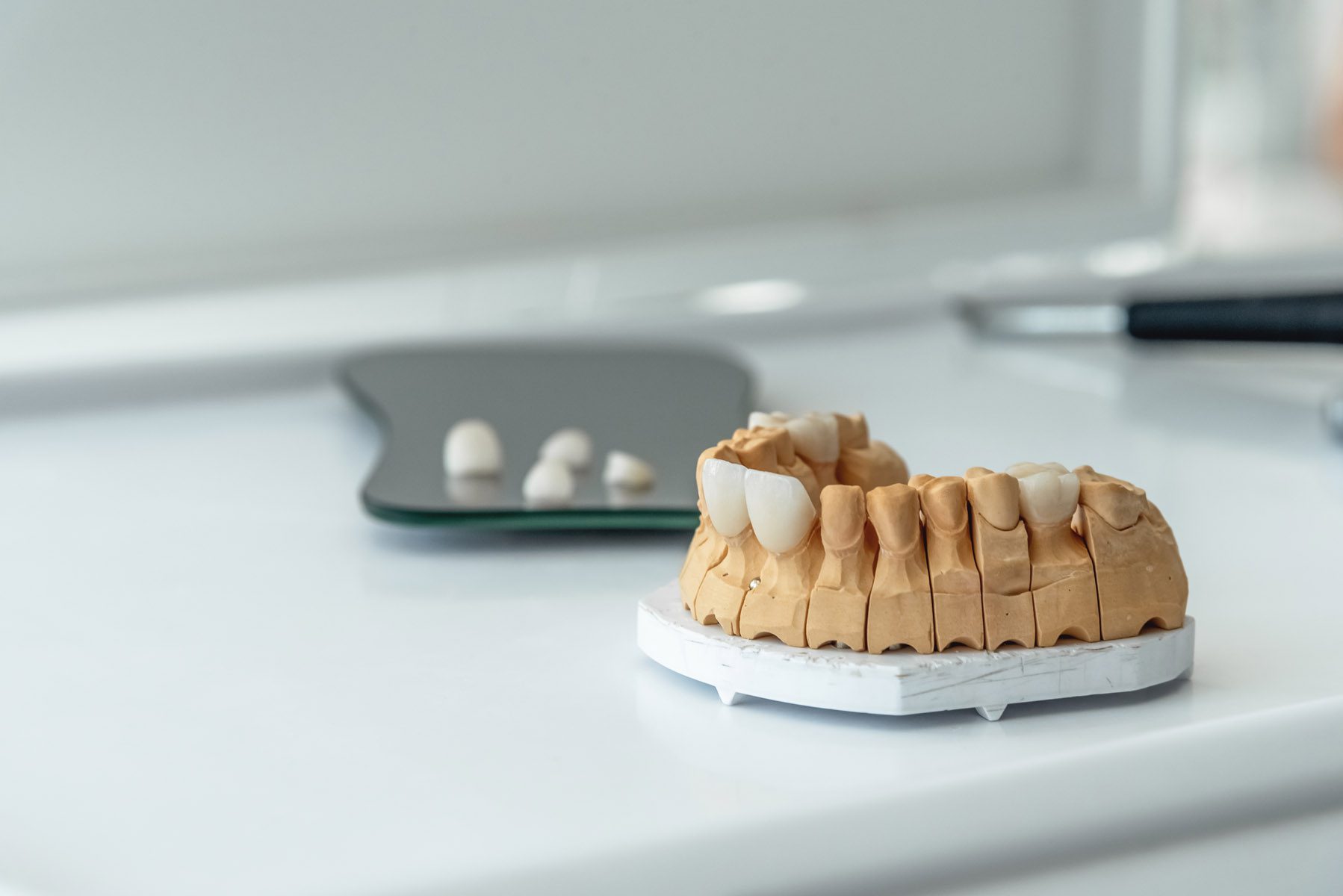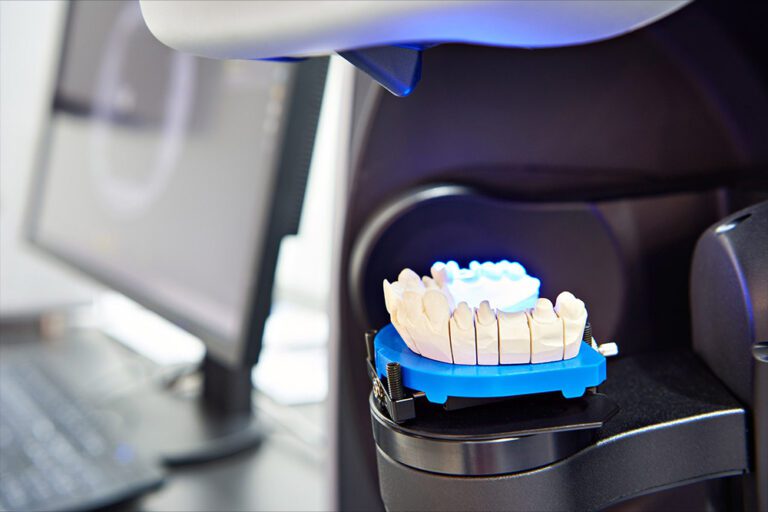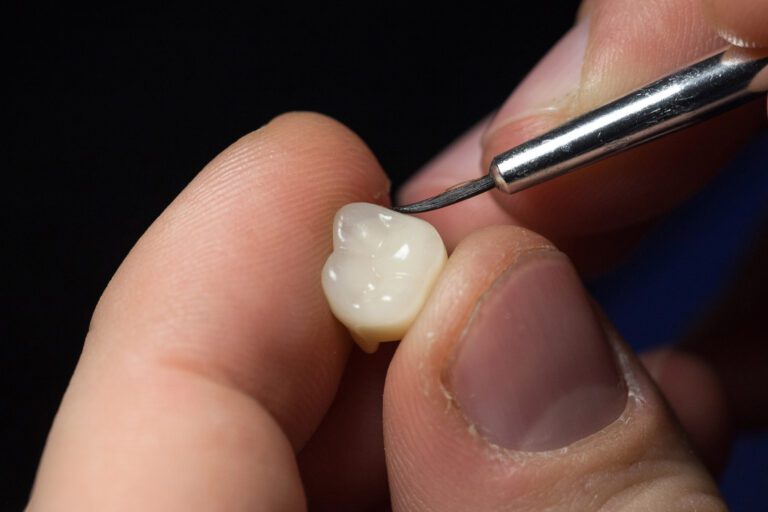Digital radiography is a growing sector of the dental technology industry, and offers an efficient work flow and improved file access. And while the dental x-ray market is projected to grow significantly over the coming years, there are a few hurdles digital x-ray systems need to overcome before they’re more readily used.
Increased Growth in the Dental X-Ray Market
Grand View Research released a report in December of 2016, stating that the dental x-ray market is estimated to reach $2.4 billion by 2024. This anticipated lucrative growth is due in part to growing incidences of oral diseases in the US and worldwide.
Digital radiography is included in these predictions, though it’s actually expected to hinder growth due to cost. As this technology continues to grow and develop and competition increases, however, we’re expecting companies to decrease prices.
Benefits of Installing a Digital X-Ray System
There are a number of benefits with digital x-ray systems, most notably is the reduced radiation. While this is rarely a concern for most dentists, patients are likely to view it positively.
One of the biggest advantages of digital radiography is the ability to view the x-ray in multiple places at once. Your front desk staff can access the file for insurance purposes while you’re reviewing it in the operatory with the patient.
Another is offering a better explanation of treatment plans. When your patient can easily see the x-ray, enlarged on the area of concern, you can better explain how the treatment will fix the problem.
Image manipulation is also available on these digital systems, which can improve early diagnosis for certain conditions.
Inhibiting Factors for Digital X-Ray Systems
While technology as an industry continues to develop at a rapid rate, there are still many dentists avoiding making the switch to digital x-ray systems. This is largely due to expense, as mentioned above, as there are a number of changes that need to be made.
When integrating digital radiography into your practice, these are the expenses to know:
- Direct sensor versus phosphor plate
- Number of operatories to equip
- Choosing to network the system (or not)
- Additional computers
- Interface cards
- Computer monitors for patient viewing
- Other minor accessories
Additionally, the sensors are thicker than traditional film x-rays, which means some patients may have a harder time tolerating the sensor throughout the process. Your staff will need to learn the best way to position the sensor for optimal patient comfort.
There is also the additional time needed to train your staff on this new piece of equipment. It can save time once everyone is fully on-boarded, but there will be a learning curve.
Digital radiography may be an investment, but the ROI of improved patient care makes it a worthy way to invest in your dental practice. The growth of dental imaging is set to grow significantly, which offers your practice a way to better serve patients and improve their oral health.
Every dental practice is different, but making the investment into a digital x-ray system can be one of the best ways to invest in your practice and prepare you for the coming decade of dentistry.











